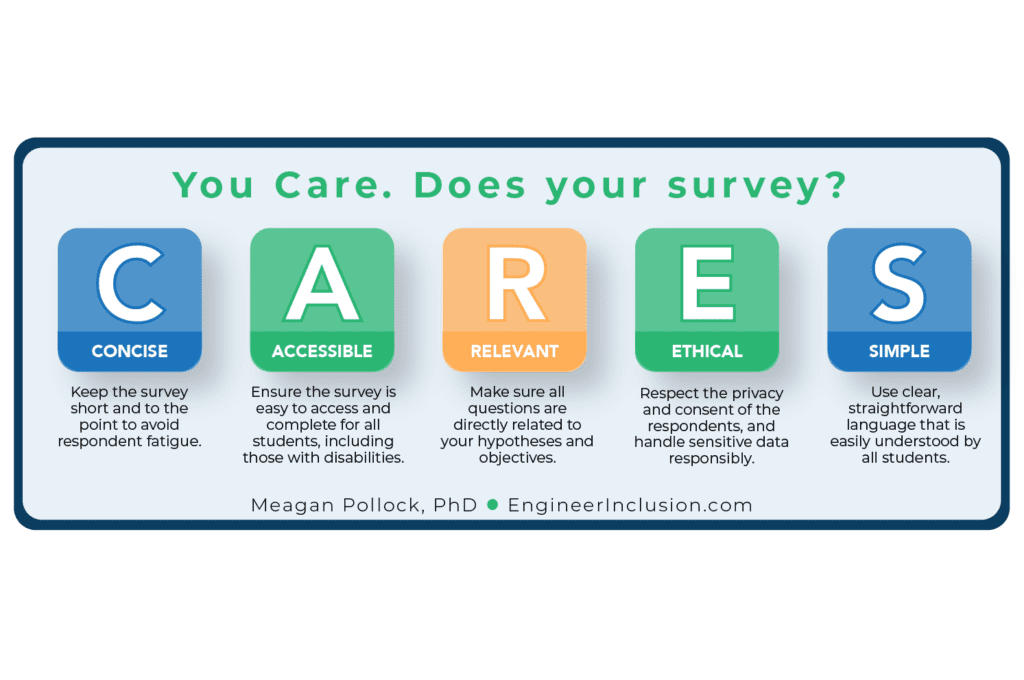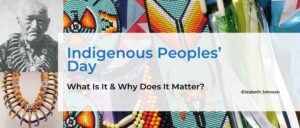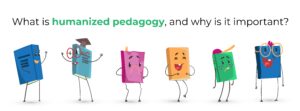
Have you ever found out that you had consistently and accidentally mispronounced someone’s name and were shocked and embarrassed when you finally found out? This happened to me recently with a colleague, and it reminded me of an exchange with my mother when I was about 19. Saying someone’s name and saying it correctly is important to building inclusive environments. In this post, I’ll share a story and leave you with some strategies.
When in undergrad, I started pronouncing my name differently than the way my mother intended. I did so because of two reasons:
- No one else pronounced it that way, and it was easier to just be what people called me than to correct them, and
- I was working to shed my deep southern accent, which included removing the long a from my vocabulary.
My name is Meagan. My family calls me MAY-gaan. May as in MAY-day, and gaan like tou-CAN. I (as well as 90+% of people) pronounce it MEG-in, where meg is like keg and in is like fin. (I cannot confirm or deny if my nickname in college was Meg the Keg. Thanks, Matt!)
One day, my mother was with me while I was doing a professional introduction of myself using my “new” pronunciation. I started with, “Hi, my name is MEG-in.” Visibly startled, she interrupted my introduction, grabbed my arm, turning me toward her, and rebuked, “That is not your name!” I quietly implored her, “Can we talk about this later?” and continued on with what was surely a scintillating conversation.
We did talk about it later. While I can’t remember my mom’s exact response, I recall it included disappointment at my choice to succumb to, by her standards, the non-Southern pronunciation, denying the name that she so proudly bequeathed upon me at birth. Of course, I’m sorry to disappoint her, though since giving up the pronunciation fight, I’ve been relieved of a common annoyance. More importantly, I often wonder about my friends and colleagues of a different race and ethnicity than me, who are victims of the historically forced re-naming common in the US for minoritized populations or for those who choose to re-name themselves as a way to avoid the unabashed butchering of their names or to assimilate and avoid additional implicit biases. What is the toll this takes on them?
Saying someone’s name is critical for facilitating connection and communicating respect
As I write this, I am most definitely humming the tune of the Destiny’s Child song, Say My Name. The only lyric I know of the song is “say my name,” because the phrase sticks with you! So, hum with me and continue, please 🙂
Saying someone’s name, and addressing them how they wish to be addressed, is critical for connection and respect. I like it when people call me by name. Don’t you? I feel included, acknowledged, and more valued than when I am not addressed by name. Saying someone’s name correctly is a way of implicitly saying, “I see you, and you matter.”
As leaders and educators, we must honor the power that we carry to influence others’ sense of belonging in our organizations or classrooms, particularly for the marginalized and minoritized. We must be respectful and intentional about knowing and saying people’s names correctly.
When we struggle with pronunciation, we should practice transparency and humility and ask for help again if we need it. Our tone in this process communicates how valuable the name is and how important it is to us to get it right.
When must not shake it off with, “I’m never going to get it right,” or “gosh, it’s so hard!” or “can I call you John instead?” or simply never say their name for fear of getting it wrong. When doing so, we send harmful microaggressions that affect the individual’s self-efficacy, self-concept and create invisible barriers, impeding their sense of belonging and, potentially, their success.
Here are some strategies for learning to say people’s names correctly:
- Always ask how to pronounce someone’s name, and request clarification for names with different versions. For example, though it may seem simple, Anna has multiple pronunciations. After asking, say their name back to them to practice. Don’t be afraid to ask them more than once until you get it right, but take the initiative to write it down so that you get it right sooner than later.
- Ask your students and colleagues to add an audio recording of their pronunciation to their Linkedin profile. You should do it, too! Here are the instructions.
- Search the internet for pronunciations. For particularly challenging names for me, I add a link to the person’s contact in my phone to quickly listen to it before interacting with them.
- If you have a website, you can add your pronunciation to it, too, as I’ve done here.
- Call and ask or listen to their voicemail. One time I called someone to ask for their pronunciation before introducing them on a panel, and though they didn’t answer, their voicemail gave me the answer I needed!
- If in-person, create table tents for people to write their name largely, and optionally add phonetic spelling. If you are virtual, you can invite people to add a phonetic pronunciation beside their name.
Cultivating Connection in Virtual Environments
Thanks to COVID-19, virtual work and learning environments provide a particularly challenging layer to building connection and community. While saying people’s names correctly is a start, there are other strategies you can employ.
I’ve created a 3-hour virtual workshop on Cultivating Connection in Virtual Environments, great for educators or team leaders. In this workshop, participants use the case-study method and collectively extrapolate research-based strategies for virtually facilitating a more inclusive community for students or team members. Participants will leave with a goal-driven action plan for implementing what they’ve learned. An inclusive community fuels connection and drives positive outcomes.
Special Offer
If booked in December or January, I’m offering the “Cultivating Connection in Virtual Environments” 3-hour program for up to 100 participants for $2000 (typically $2500). Contact us today to book your workshop!
P.S. Check out a similar article I ran across after posting by Tara Robertson, “Names: respect, inclusion and belonging.”











